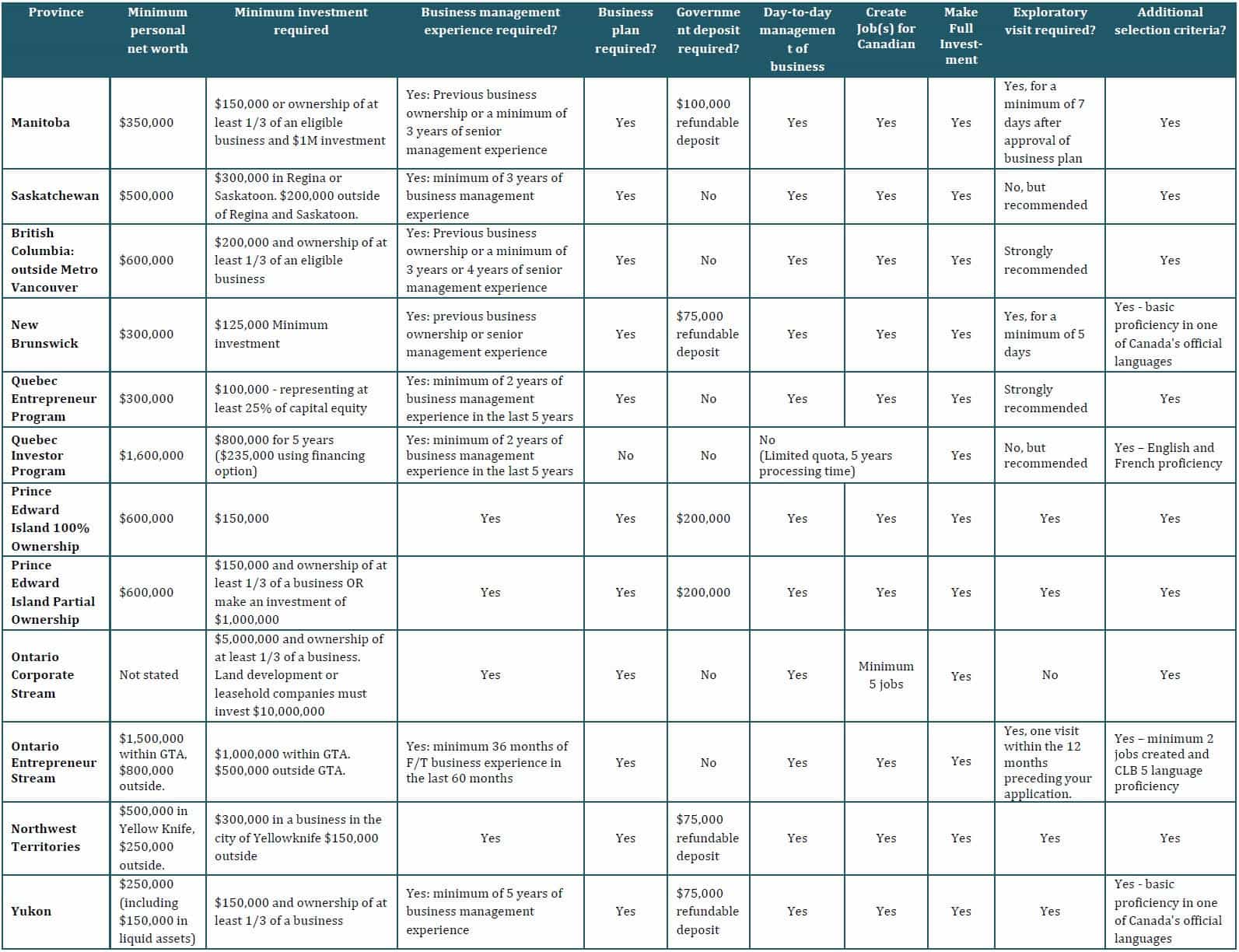BC PNP: New data provides more transparency about who may receive an ITA
Candidates in British Columbia’s Provincial Nominee Program (BCPNP) can now see how competitive they are among all profiles in the province’s skilled immigration pool.
The BC PNP recently released breakdowns of candidates in their skills immigration pool by score, allowing much more insight into each candidate’s chances at an Invitation to Apply (ITA).
Previously, the province primarily held skills immigration draws through specific streams of its PNP. However, given its reduced provincial nomination allocation in 2025, it has instead opted to invite candidates with “high economic impact” in general draws across multiple streams.
This article will detail the points breakdown of the BC PNP’s skills immigration pool, to help candidates understand the competitiveness of their profiles.
Assess your eligibility for Express Entry-aligned PNP streams
What is the current composition of the BCPNP candidate pool?
The following table shows the breakdown of registrations (or candidate profiles) in the BC PNP skills immigration streams, as of November 2:
`Score range Number of registrations
150+ 28
140 – 149 109
130 – 139 761
120 – 129 1,125
110 – 119 1,491
100 – 109 2,061
90 – 99 1,967
80 – 89 1,475
70 – 79 980
60 – 69 454
0 – 59 282
Total 10,733
As the table reveals, most candidates in the pool have a score of between 100 and 109 points.
Note that the above pool consists only of candidates who received a Skills Immigration Registration System (SIRS) score upon submitting their Expression of Interest to the BC PNP.
How competitive are these profiles against each other?
The following table breaks down each score category within the BC PNP candidate pool— showing both the relative percentage of candidates at each score band in the pool, and the percentile range that each score range corresponds to (i.e., how much of the pool is below a given score range).
Candidates can use this information to understand how their score compares to the rest of the pool, and how many other candidates have scores similar to (and higher than) their own.
Score range Number of candidates Percentage Percentile range
150+ 28 0.26% 99.75% – 100.00%
140 – 149 109 1.02% 98.73% – 99.74%
130 – 139 761 7.09% 91.64% – 98.72%
120 – 129 1,125 10.48% 81.16% – 91.63%
110 – 119 1,491 13.89% 67.27% – 81.15%
100 – 109 2,061 19.20% 48.07% – 67.26%
90 – 99 1,967 18.33% 29.74% – 48.06%
80 – 89 1,475 13.74% 16.00% – 29.73%
70 – 79 980 9.13% 6.87% – 15.99%
60 – 69 454 4.23% 2.64% – 6.86%
0 – 59 282 2.63% 0.00% – 2.63%
How does the BC PNP choose candidates from this pool?
Previously, the province would do stream-specific draws through skills immigration selections, choosing candidates from a specific stream by both the stream they were in and their points score (in addition to other factors such as their occupation).
However, in the wake of a reduced allocation, the BC PNP has instead moved to more general draws, choosing candidates based on their score across all relevant skills of immigration streams or based on other factors such as their salary or occupation.
For example, in the most recent skills immigration draw on October 2, the BC PNP held a selection across its skilled immigration streams, issuing invitations to candidates who had a:
Minimum score of 140 points; or
Minimum wage of $90/hour and a job offer in a NOC TEER 0, 1, 2, or 3 occupation.
More draws to come
On October 2, the BC PNP announced that it had received an additional 1,254 nominations to its 2025 allocation—after seeing its allocation halved earlier in the year by the federal government.
As a result, these additional 1,254 spots are added to the BC PNP’s existing 4,000 immigrant allocation this year—much of which the province has already used through new invitations, and in clearing its vast inventory.
British Columbia’s nomination allocation is expected to increase yet again in 2026, with the overall increase in provincial immigration levels detailed in this year’s Immigration Levels Plan.
Assess your eligibility for Express Entry-aligned PNP streams















